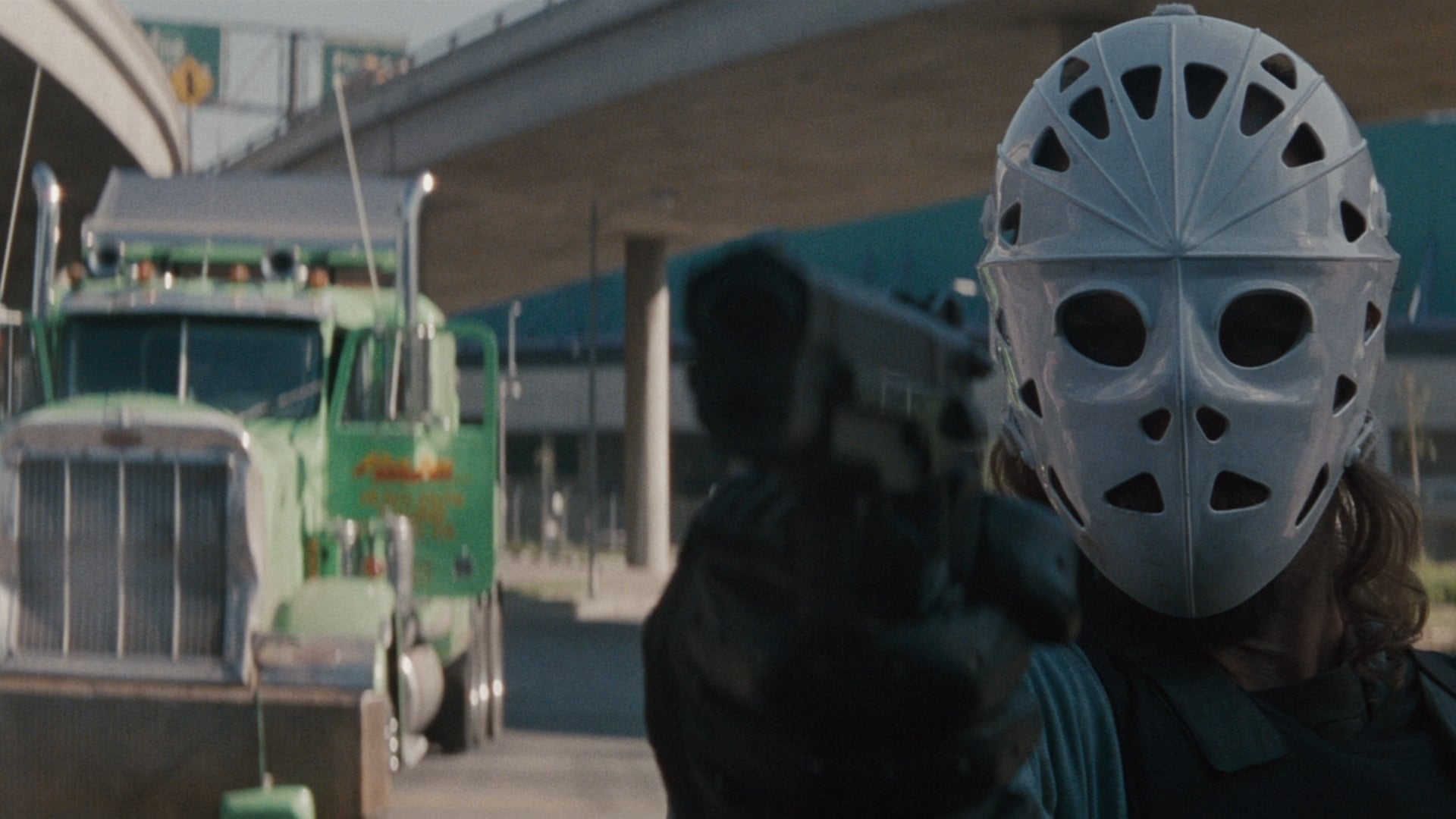
Nadeem and Saud tend to hundreds of injured kites, birds of prey that drop to the ground in droves because the air is so filthy they crash into each other or collide with kids’ paper kites. Set in a predominantly Muslim district of the Indian capital, his documentary focuses on two brothers who have dedicated their lives to rescuing birds injured in the city’s chronically polluted skies. In “All That Breathes”, Sen has opted for a more subtle approach, weaving elements of the climate emergency, nature, politics and human brotherhood into a “dense tapestry” depicting life in his hometown of New Delhi. It was a powerful indictment of the way unbridled capitalism has precipitated cataclysmic changes in the lives of ordinary people – its ominous warning finding an echo in the blistering heatwaves that have scorched India and neighbouring Pakistan in recent weeks.
#Heat 1995 full movie watch online drivers
The latter film focused on the tangible experience of climate change: the unbearable heat, the lack of water, the smog so thick that cars and rickshaws keep their signal lights on at all times, hoping other drivers will spot them. It is the second film in as many years to touch on the catastrophic consequences of India’s economic growth at breakneck speed, after Rahul Jain’s “Invisible Demons” premiered here last year. India’s turbulent politics, and the immense challenges facing the world’s largest democracy, form the backdrop to the most high-profile Indian film at Cannes this year: Shaunak Sen’s hauntingly beautiful “All That Breathes”, which won the grand jury prize at Sundance earlier this year. And that’s something that’s truly special,” added fellow Indian actress Pooja Hegde, who shoots three films a year in as many Indian languages and has 20 million Instagram followers. “I wasn’t here with a brand – I was here as ‘brand India’. “We’ve been making movies for 60 years and it’s really nice to be recognised on such an international platform,” the Indian model, actress and activist Nidhi Sunil told FRANCE 24 in an interview in Cannes. Other countries have sent their largest delegation yet, most notably India, the market’s first-ever “guest of honour” this year. This year there were more than 12,000 scattered across 360 physical booths – with around half as many attending online.Ĭhina was one notable absentee – ostensibly due to Covid restrictions, though the screening of a hard-hitting documentary on Hong Kong’s pro-democracy protests last year is rumoured to be the real cause of Beijing’s no-show. The market counted around 2,000 delegates when Paillard stepped in. Since then, it has grown into the world’s largest film market, a sprawling maze where buyers and sellers from all continents discuss film rights and hash out production deals. When Paillard joined the organisation back in 1995, the Marché du film was, in his own words, “a basement with some porno booths”. Perhaps more significant for industry workers is the departure of Jérôme Paillard, the head of the all-important Cannes Film Market, who is bowing out after a whopping 27 years at the helm.


Pierre Lescure, the festival’s president for much of the past decade, is passing the baton to Iris Knobloch, the former head of Warner Europe – an appointment that has raised eyebrows among French cinema workers wary of seeing the industry’s crown jewel fall under American influence. It’s also been a time of farewells, with at least two Cannes stalwarts bowing out this year. The festival’s 75th anniversary has been celebrated as a homecoming, a much-needed reunion after two years of lockdowns and virtual events.


 0 kommentar(er)
0 kommentar(er)
